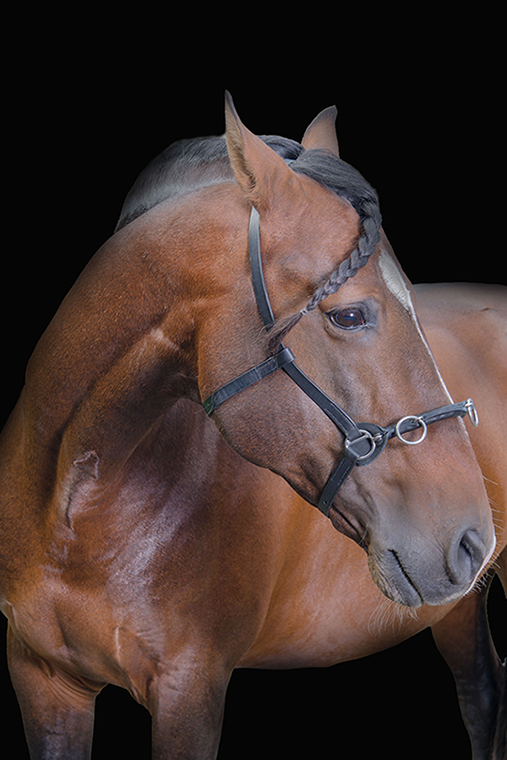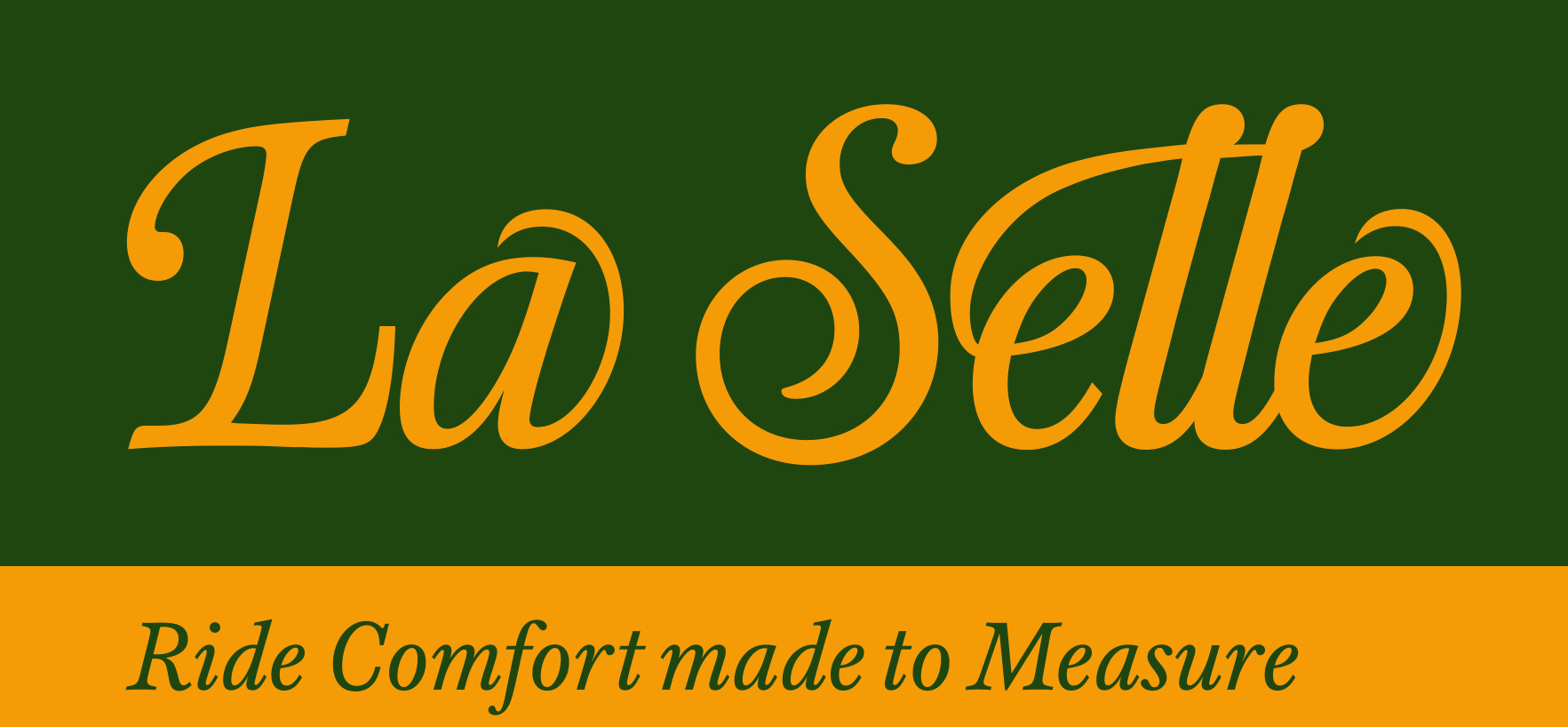Here you will find many interesting topics on horseback and saddle!

The right training with the cavesson
The cavesson is mainly used for lunging and in ground work. It dates back to the time between the 16th and the 18th century, the cradle of classical dressage.
Ever since, it has been much appreciated because it influences the nose of the horse in contrast to the bridle that stimulates the sensitive mouth of the horse with the bit. That’s why the cavesson is the ideal equipment for starting a young horse on the lunge line.
At a certain level of training, it is possible to combine the cavesson with the bit to get the horse used to the feeling. With a separate pair of reins, you will make sure not to exert any pressure to the bit because the horse should still be guided with the cavesson.
Reasonable use – easier training
At first sight, a cavesson might just seem like a sturdy kind of halter. However, there are immense differences in how the horse is guided. Due to its special design, the cavesson influences the horse’s nose. If we consider the horse’s neck as a balancing pole, its movement is always initiated by the horse‘s head. As the nose is the outmost point there, it is ideal for leading the horse. Following the guiding principle “If you control the head, you control the horse,“ this leading point helps to influence the horse’s poll in order to guide the horse into a supple shape.
Depending on the model, a cavesson is equipped with one or three rings situated on the noseband. The lunge line is attached to the ring in the middle. One advantage of this central ring is that the lunge line doesn’t need to be unclipped when changing the rein. Reins can be attached to the two lateral rings.
How it is built
There are different versions of the cavesson. In Germany, the classic cavesson is used most commonly. The main characteristic of it is the two-piece nose iron that is wrapped in leather. The two joints provide an even surface on the nose and make the iron lie around the nose in an ideal angle. Some cavessons feature a noseband simply made from leather. This cavesson type is definitely more flexible but it’s potentially less precise in its leading characteristics.
The version from France is particularly flexible. The noseband of the Cavecon is usually made from a chain covered with leather. Due to its flexibility, the chain is, however, likely to slip on the horse’s nose. As it sits rather low on the nose, you should always make sure that the cavesson doesn’t touch the flexible cartilage. The most rigid version is the Spanish Serreta with a one-piece nose iron. That’s why it needs to be fitted individually for every horse.
The right fit
In order to make training a complete success, it is crucial that the cavesson is fitted exactly to the horse’s head. Irena Linke, who always uses one for lunging, explains how she adjusts it, as follows: “When I adjust a cavesson, I run my fingers from the eyes down along the bridge of the nose to feel where the nasal bone merges into cartilage. There’s a hole. I would like the noseband to be positioned a finger’s width below the end of the nasal bone and at least two fingers‘ width above the nostrils.“
The noseband must not be tightened too much. The tighter it is, the sharper is its influence. Moreover, there’s the risk that the cheeks get hurt. It is advisable to fasten the noseband loose enough so that you can put at least one finger between the noseband and the lower jaw. Irena Linke sees another advantage of a noseband secured loosely because “when the noseband slips, I can quickly see that I am pulling too much and that my horse isn’t supple enough to follow the cavesson.”
Additionally, the cavesson should always have a jaw strap providing stability to keep the cheekpieces away from the eyes. Some cavessons even feature two throat lashes.
If that is taken into account, the cavesson is the ideal equipment for lunging and ground work.
With this know-how and the expertise of our professionals in the saddlery and under the leadership of Irena Linke, La Selle has developed two wonderful products:
The La Selle cavesson:
The cavesson made by La Selle is a classic cavesson. It is ideally suited for ground work and for training young horses. The noseband of the cavesson is usually made from a chain wrapped in leather.
The La Selle multi-cavecon is a real all-rounder.
This cavesson offers almost any kind of bitless riding. And you can also add a bit to it.
The multi-cavecon features three rings on the nose. On the level of the mouth, it is possible to insert a simple halter ring, rings for a sidepull-like influence or hackamore shanks as well.
So it’s possible to ride purely bitless with two or three reins. On the chin strap, you will find another 2 rings. They are intended for a centred influence of the reins. Similar to a bosal, those rings can be used like halter rings for tying up the horse.
When the noseband is adjusted, you can also use the cavesson with a regular bit. And of course, you can use any other noseband instead.
Like all other La Selle cavessons, the multi-cavecon is also equipped with an anatomical headpiece. Furthermore, the soft padding at all relevant spots guarantees the highest comfort. The multi-cavecon is available in black with stainless steel and in brown with brass.
This multi-cavecon is a product for almost all conceivable applications. A universal product of the highest quality developed by high-level professionals and finely designed to last the entire horse life.


